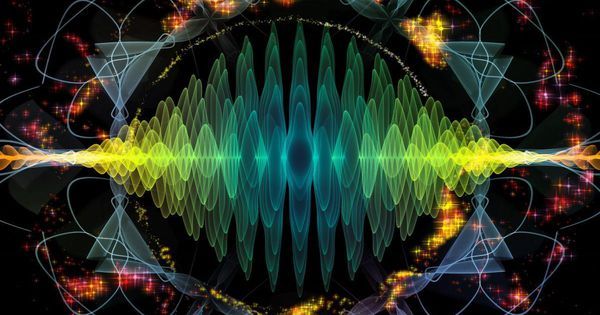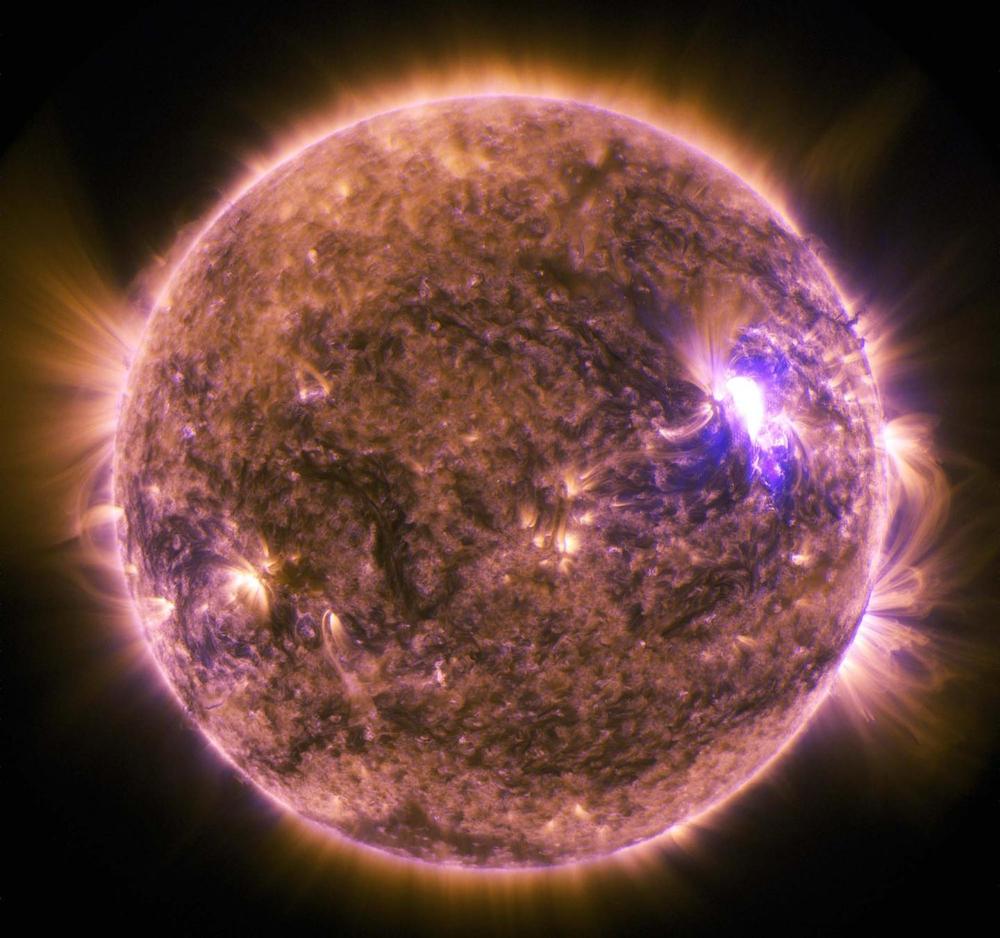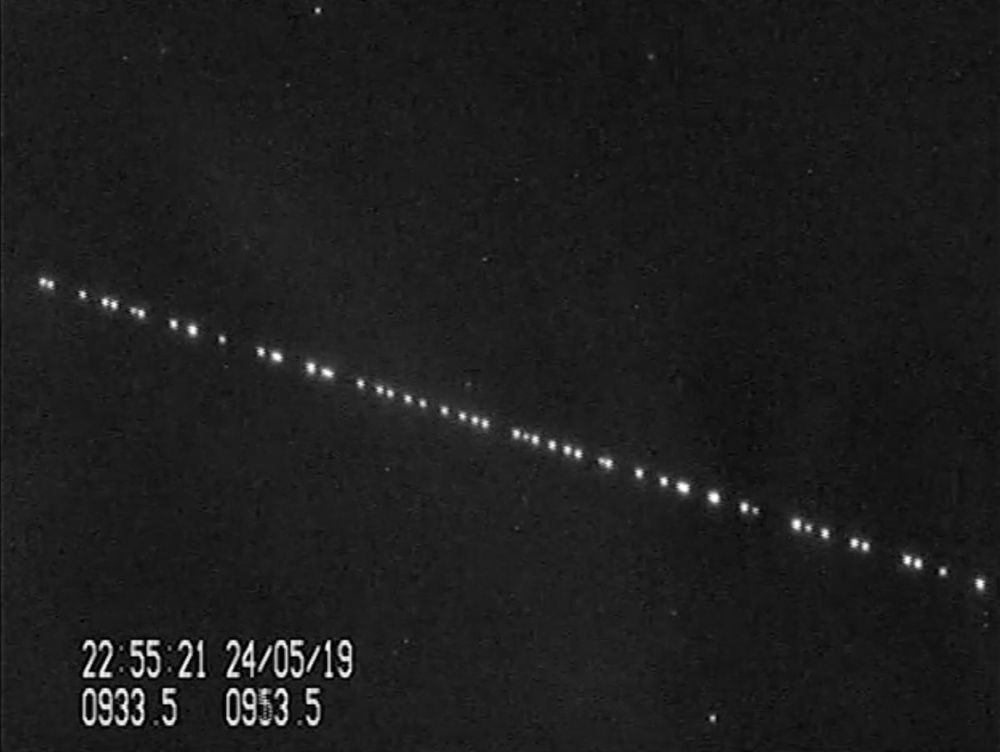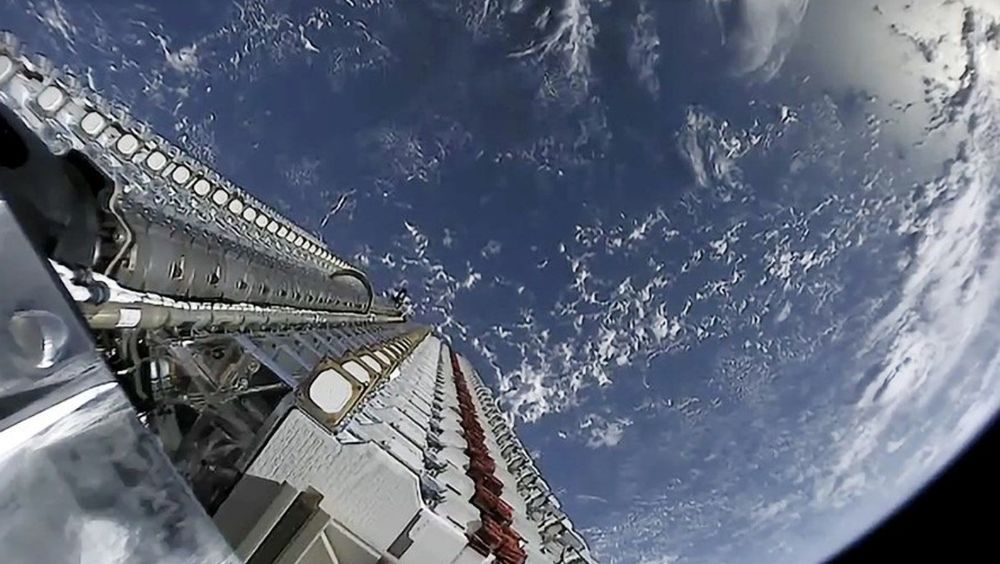Page 8476
May 25, 2019
A month after the fire that ravaged the Notre Dame Cathedral in Paris
Posted by Genevieve Klien in categories: climatology, government
A month after the fire that ravaged the Notre Dame Cathedral in Paris, scientists and research bodies are getting organized to help restore the building—and advance scientific knowledge.
At a public hearing held yesterday by France’s Parliamentary Office for the Evaluation of Scientific and Technological Options (OPECST), academics explained how they can contribute to the government’s efforts to restore the cathedral, which was partly destroyed on 15 April.
“This catastrophe is, in the end, a privileged moment for research, because we’ll have access to materials that we otherwise wouldn’t be able to access,” said Martine Regert, deputy scientific director of the Institute of Ecology and Environment at the French national research agency CNRS. For example, analyzing certain isotopes in the cathedral’s timber frame could provide insights about the medieval climate, said Philippe Dillmann, a research leader at CNRS’s Institute for Research on Archeomaterials.
Continue reading “A month after the fire that ravaged the Notre Dame Cathedral in Paris” »
May 25, 2019
A Quantum Revolution Is Coming
Posted by Genevieve Klien in categories: particle physics, quantum physics, security
Quantum physics, the study of the universe on an atomic scale, gives us a reference model to understand the human ecosystem in the discrete individual unit. It helps us understand how individual human behavior impacts collective systems and the security of humanity.
Metaphorically, we can see this in how a particle can act both like a particle or a wave. The concept of entanglement is at the core of much of applied quantum physics. The commonly understood definition of entanglement says that particles can be generated to have a distinct reliance on each other, despite any three-dimensional or 4-dimensional distance between the particles. What this definition and understanding imply is that even if two or more particles are physically detached with no traditional or measurable linkages, what happens to one still has a quantifiable effect on the other.
Now, individuals and entities across NGIOA are part of an entangled global system. Since the ability to generate and manipulate pairs of entangled particles is at the foundation of many quantum technologies, it is important to understand and evaluate how the principles of quantum physics translate to the survival and security of humanity.
May 25, 2019
Scientists uncover exotic matter in the sun’s atmosphere
Posted by Genevieve Klien in categories: nuclear energy, space travel
Scientists from Ireland and France today [Thursday 23rd May] announced a major new finding about how matter behaves in the extreme conditions of the Sun’s atmosphere.
The scientists used large radio telescopes and ultraviolet cameras on a NASA spacecraft to better understand the exotic but poorly understood “fourth state of matter”. Known as plasma, this matter could hold the key to developing safe, clean and efficient nuclear energy generators on Earth. The scientists published their findings in the leading international journal Nature Communications.
Most of the matter we encounter in our everyday lives comes in the form of solid, liquid or gas, but the majority of the Universe is composed of plasma — a highly unstable and electrically charged fluid. The Sun is also made up of this plasma.
Continue reading “Scientists uncover exotic matter in the sun’s atmosphere” »
May 25, 2019
Origami-inspired materials could soften the blow for reusable spacecraft
Posted by Genevieve Klien in categories: materials, space travel
Space vehicles like SpaceX’s Falcon 9 are designed to be reusable. But this means that, like Olympic gymnasts hoping for a gold medal, they have to stick their landings.
May 25, 2019
$2.1m Novartis gene therapy to become world’s most expensive drug
Posted by Genevieve Klien in category: biotech/medical
May 25, 2019
Molecular ‘cage’ can trap salt to clean drinking water
Posted by Genevieve Klien in category: sustainability
A new molecule is around 10 billion times better than previous ones at capturing salt from water.
May 25, 2019
Murray Gell-Mann, Who Peered at Particles and Saw the Universe, Dies at 89
Posted by Genevieve Klien in category: particle physics
A Nobel winner, he found hidden patterns in the subatomic matter that forms the universe, evoking James Joyce in calling one kind of particle “quarks.”
May 25, 2019
Wow! This Is What SpaceX’s Starlink Satellites Look Like in the Night Sky
Posted by Genevieve Klien in categories: Elon Musk, satellites
In the video, SpaceX’s Starlink satellites pass overhead like a string of pearls, a brilliant trail of moving lights in the night sky. SpaceX launched the satellites into an initial orbit 273 miles (440 kilometers) above Earth. They are making their way to a final orbit 342 miles (550 km) up.
SpaceX CEO and founder Elon Musk hinted on Twitter today that the satellites are doing well. “So far, so good,” he wrote.
Langbroek said he used the knowledge of SpaceX’s deployment altitude and target orbital inclination (the angle of the orbit with respect to the equator) to estimate where the satellites would appear in Friday night’s sky.
Continue reading “Wow! This Is What SpaceX’s Starlink Satellites Look Like in the Night Sky” »
May 25, 2019
SpaceX Starlink Will Equal Launch Revenue in 2020 and Will Make Elon the World’s Richest Person by 2023
Posted by Klaus Baldauf in categories: Elon Musk, finance, satellites, sustainability
SpaceX has successfully deployed sixty production versions of the Starlink Satellite. They are targeting six Starlink launches through the next six months. Those six launches will place 360 Starlink satellites into orbit. The pace of Starlink launches will increase with six more launches by the end of April 2020. This will enable SpaceX to generate a lot of revenue for service to North America, Europe and Asia. The revenue will be from reducing latency in financial trading communication.
SpaceX and Elon Musk will be made financially secure by 2023 and will have the $20 billion per year budget of NASA. If Elon has a 30X on his 54% share of SpaceX, then with Elon would have 30 times $10 billion in 2024 (50% of $20 billion in 2024). This means Elon would be worth over $300 billion without including any valuation for Tesla.
If Tesla still had any financial issues, Elon would be able to lend money from SpaceX to Tesla by late 2020 or 2021. Elon used Tesla to buyout Solarcity. In 2018, financial analysts speculated that Elon could his SpaceX stake as collateral in a buyout of Tesla. If SpaceX is worth $100 billion late in 2020 and then $200 billion in 2021, Elon would easily be able to fund a Tesla buyout with his $54 billion and then $108 billion of SpaceX (versus about $15 billion today).


















